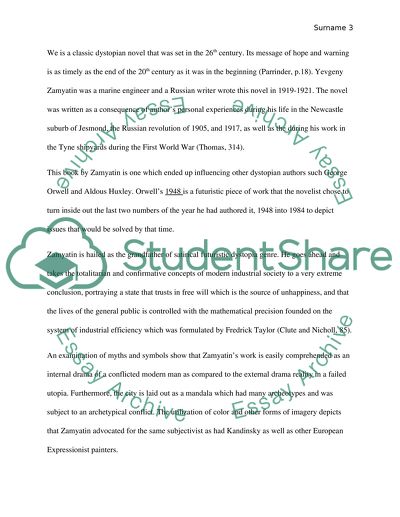Cite this document
(“The genre of dystopian novel from We by Zamyatin to 1984 by Orwell Research Paper”, n.d.)
Retrieved from https://studentshare.org/english/1491484-write-a-research-paper-of-eight-pages-on-we-by
Retrieved from https://studentshare.org/english/1491484-write-a-research-paper-of-eight-pages-on-we-by
(The Genre of Dystopian Novel from We by Zamyatin to 1984 by Orwell Research Paper)
https://studentshare.org/english/1491484-write-a-research-paper-of-eight-pages-on-we-by.
https://studentshare.org/english/1491484-write-a-research-paper-of-eight-pages-on-we-by.
“The Genre of Dystopian Novel from We by Zamyatin to 1984 by Orwell Research Paper”, n.d. https://studentshare.org/english/1491484-write-a-research-paper-of-eight-pages-on-we-by.


